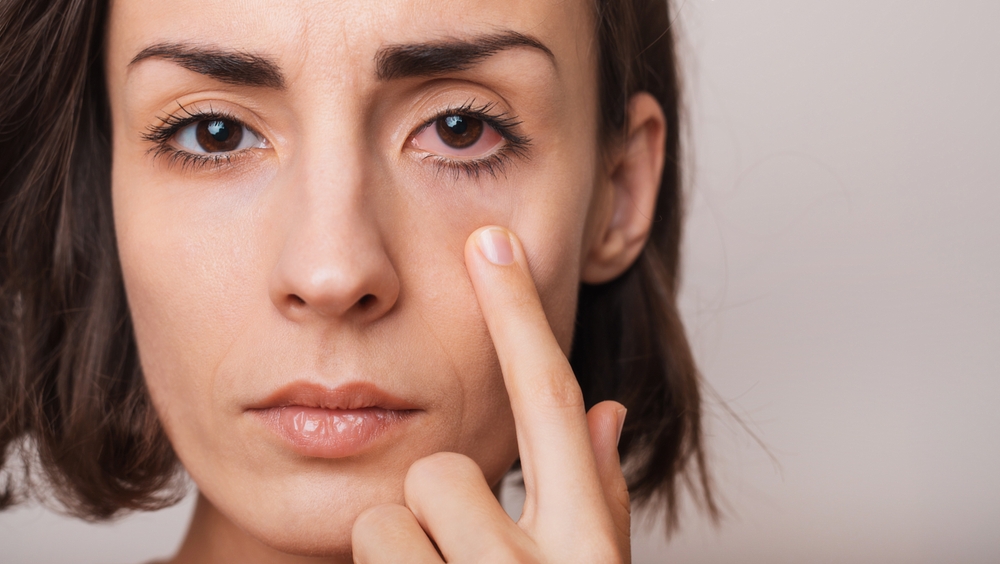
Contact lenses are an excellent vision correction option that provides advantages that eyeglasses cannot. When you first start using them, you will notice a significant improvement in your visual experience. One major factor that they add to your vision is a wide field without obstructions. Despite all the advantages, wearing contact lenses can lead to a complication—dry eye syndrome.
About three-quarters to two-thirds of patients who use contact lenses stop using contacts at one point. Half of all these patients using contacts will experience issues, especially discomfort and dryness. The discomfort from dry eyes can make it challenging to keep going through your day.
What Is Dry Eye?
Dry eye is a common condition where your eyes are unable to lubricate your eyes effectively. Your eyes require constant lubrication through the formation of a tear film. The tear film comprises three main layers that keep the ocular surface moist. When you have dry eye, you will most likely not manage to use contact lenses comfortably.
Two main forms of dry eye are most common: evaporative dry eye and decreased tear production dry eye. The third form of dry eye is caused by contact lens wear. With all these dry eye forms, contact lenses can aggravate the symptoms.
Symptoms of Dry Eye Syndrome
Burning sensation in the eyes
Eye pain, strain, and irritation
Red eyes
Watery eyes
Gritty feeling
Sensitivity to light
Blurry vision
How Does Dry Eye Affect Contact Lens Wear?
If you notice you are experiencing any of these symptoms with your contacts on, take them out. If it is constantly the case when you use your lenses, you may have a form of dry eye.
Your contacts lie directly on the corneal surface, floating on a thin film of tears. The thin tear film keeps the contacts from touching your eye surface. When you do not have enough tears, the lens lies on your eye’s surface, which leads to irritation. The lack of tears leads to the symptoms above, and the lens irritates your eyes even more.
Using your contacts while your eyes are in that condition can lead to corneal abrasions. You must see an eye doctor.
Causes of Dry Eye Syndrome
Dry eye syndrome can occur because of several issues or situations. Here are some of the more frequent causes of the condition:
Long-term contact lens wear
Allergies
Side effects of some medications
Eye surgery
Systemic conditions
Environmental factors and elements
Hormones
Extended screen time
Age
How to Deal With Dry Eyes With Contacts
You can use artificial eye drops to lubricate your eyes if you notice dry eye symptoms. They will help keep your eyes lubricated. Another option is to change the lens materials to those that can maintain tears.
Lenses high in water content tend to lead to low tear levels, while low water content lenses retain them. You may also try scleral contact lenses. These lenses maintain a dam of tears over the cornea while you have them on.
For more on how dry eyes affect contact lenses, call North Texas Ophthalmology Associates at (940) 240-8400 to reach us in Wichita Falls, Texas.








